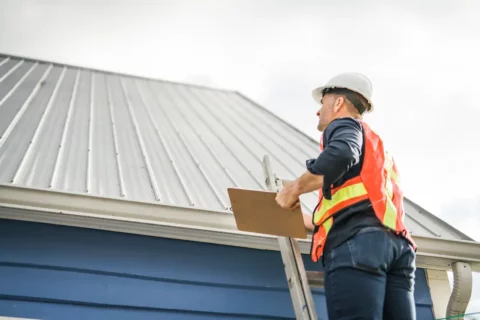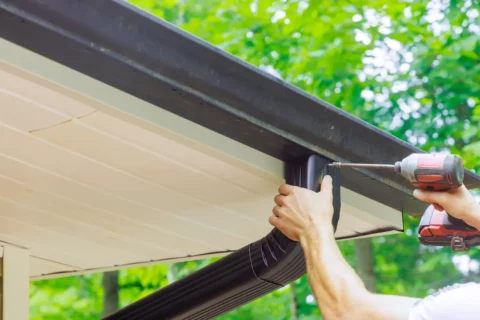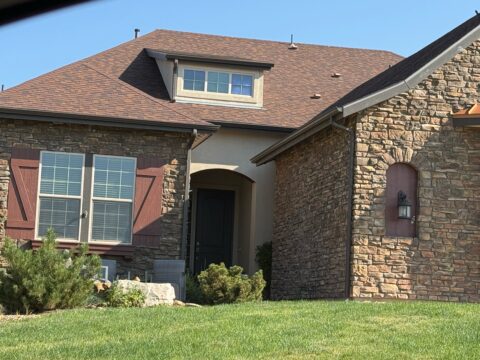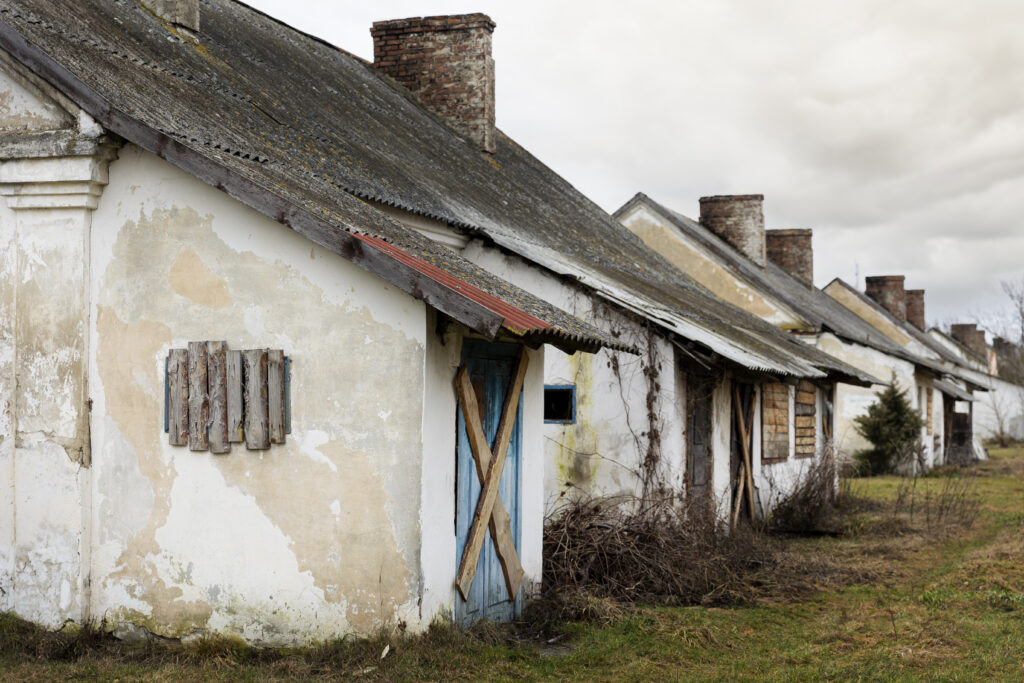
How Old Is an Uninsurable Roof? Understanding Age Limits for Home Insurance
When the roof gets older, a common question homeowners often ask is how old their roof becomes uninsurable. While there’s no single age cutoff, many insurance companies start limiting or denying coverage on older, damage-prone roofs, often around 15–20 years for asphalt shingles, depending on condition and policy rules.
In this blog, our experts at 303Roofer explain what an “uninsurable” roof means, typical age limits by material, and what to do if your insurer won’t cover your roof.
What Does an Uninsurable Roof Mean?
A roof may be considered “uninsurable” when it’s past its expected lifetime, shows visible damage, or requires frequent maintenance for leaks. In these cases, an insurance company may refuse to cover the roof because the risk of damage is too high.
Older roofs are more vulnerable to water damage, mold, and shingle failure, which increases the likelihood of future claims. Insurers weigh these risks when deciding whether or not to issue or renew coverage.
How Old Is Too Old for Insurance?
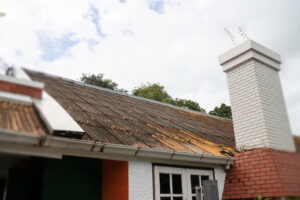
There’s no universal age that makes a roof uninsurable — it depends on the roofing material, its condition, and local weather. However, insurers often apply general guidelines:
- Asphalt shingles (3-tab): Coverage may become difficult to obtain after 15–20 years, especially if the roof shows wear.
- Architectural shingles: These more durable shingles may be insurable up to 25 years, depending on upkeep.
- Flat or low-sloped roofs: These are more prone to leaks and may face stricter limits, with some insurers capping coverage after 10–15 years.
- Metal or tile roofs: With proper maintenance, insurers may cover them for 30–50 years, though the actual cutoff varies by company.
Factors That Can Make a Roof Uninsurable
It’s not just about age, even a newer roof can be denied coverage if it shows major issues. Common factors insurers look at include:
- Roof age
While older roofs are higher risk, policies vary. Some companies reduce coverage (actual cash value only) rather than deny it outright. - Visible damage
Missing shingles, rusted flashing, cracked tiles, or soft spots can cause insurers to require repairs before approval. - Lack of maintenance
Moss growth, clogged gutters, and poor upkeep are red flags that suggest higher future risk. - Water leaks
Active leaks, water stains, or mold are strong concerns. Insurers may require repairs before issuing or renewing coverage. - Local weather risks
In hail- or hurricane-prone areas, insurers often apply stricter age and condition requirements.
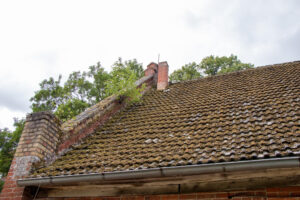
What to Do If Your Roof Is Labeled Uninsurable
- Schedule a professional inspection
A roof inspection can document your roof’s condition. Even older roofs in good shape may qualify for coverage with a clean inspection report. - Repair or maintain the roof
Fixing minor issues, replacing missing shingles, cleaning moss, or clearing gutters — may make an older roof insurable again. - Consider replacement
If the roof is nearing the end of its life, replacement is often the only way to secure coverage and reduce premiums. - Shop around
Every insurance company has different rules. If one refuses coverage, another may offer it, possibly with limited terms. In some cases, high-risk or state-backed insurers provide basic coverage when private insurers decline. - Limited coverage options
Some insurers may issue a policy that excludes roof coverage until you repair or replace it.
Conclusion
While an “uninsurable” roof doesn’t have a universal age, insurers often begin limiting coverage for asphalt shingle roofs after about 15–20 years, with stricter rules for flat roofs and more flexibility for metal or tile. Ultimately, condition and maintenance matter just as much as age.
For an accurate assessment of your roof’s insurability, contact 303Roofer in Denver. Our experts can inspect your roof, provide guidance, and help you make the best decision for protecting your home.
FAQ
Can I get insurance with a 20-year-old roof?
It may be challenging with asphalt shingles, but if the roof is in good condition and well maintained, some insurers may still provide coverage.
Do insurance companies cover roof replacement?
Yes, if the damage is caused by a covered peril such as hail or fire. Normal wear and tear, however, is not covered.

